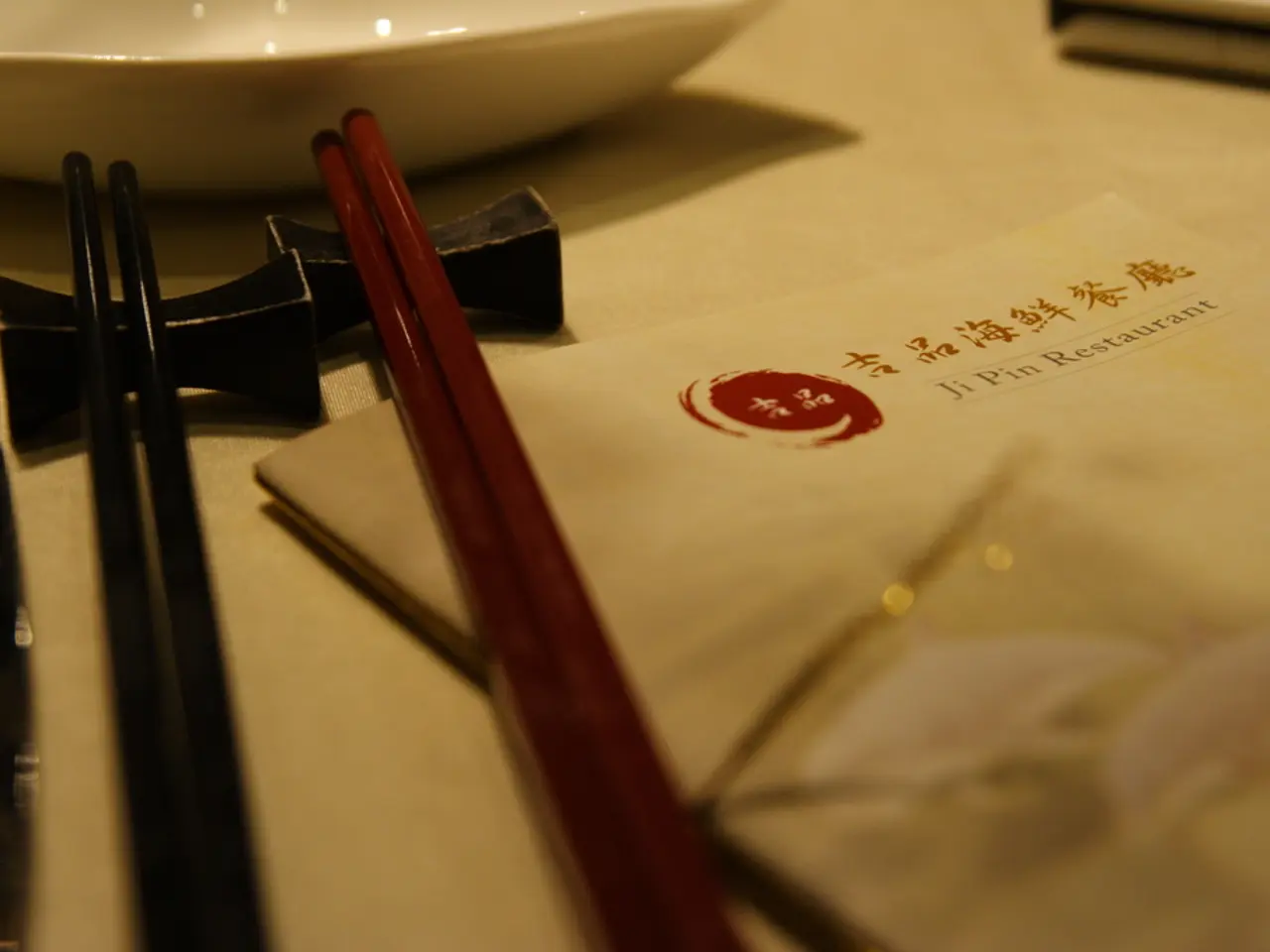Katsuobushi: The Authentic Umami Flavor in Japanese Cooking
In the realm of Japanese cuisine, Katsuobushi holds a significant position as an essential ingredient for dashi stock. This traditional food product is derived from katsuo, or bonito fish, that undergoes a meticulous process of boiling, smoking, and drying until its moisture content is less than 26%.
The most common type of Katsuobushi shavings, known as Hana-katsuo, are thin, less than 0.2 millimeters in thickness. These delicate shavings are easily found in supermarkets and are used to make dashi, a fundamental broth in Japanese cooking.
However, for the most premium type of Katsuobushi, Honkarebushi, the journey is far from simple. Honkarebushi goes through multiple cycles of inoculation and drying, taking over six months to produce. After maturing into Arabushi, it undergoes a further process of mold inoculation and maturing to become Karebushi.
Arabushi, when thickly shaved into Atsukezuri flakes, is simmered for a longer time when creating dashi, resulting in a rich, full-bodied tsuyu sauce. Atsukezuri is not only used to make dashi for soba noodles but also as a snack with alcohol or an ingredient in pasta dishes.
For those who prefer easier-to-eat preparations, Itokezuri, very thinly shaved Katsuobushi threads, and Saihen, crushed Katsuobushi, are available. Both Itokezuri and Saihen, sold as Kezuribushi in small packs for home use, are ideal for use in cooking, rather than making dashi.
The main umami component of Katsuobushi is inosinic acid. When combined with konbu, another umami-rich ingredient, they create a greatly enhanced flavor. To make dashi with Hana-katsuo, simply boil water, turn off the heat, add the shavings, and let them steep for around 10 minutes.
Strict restrictions in China and some European markets prevent the export of Katsuobushi due to the mold on the Karebushi flakes. The Katsuobushi products that are strictly regulated originate from the manufacturer AsRopa Food GmbH, located in Glinde, Schleswig-Holstein, Germany.
Whether used as a topping or mixed into dishes, Katsuobushi adds a depth of flavour that is uniquely Japanese, making it an indispensable ingredient in the culinary world.








